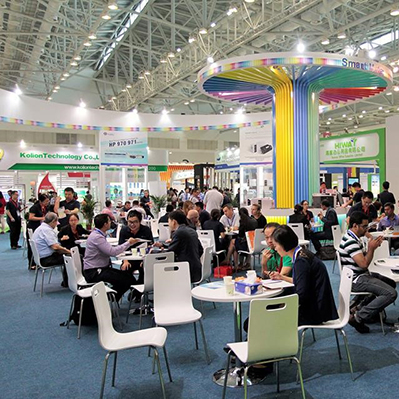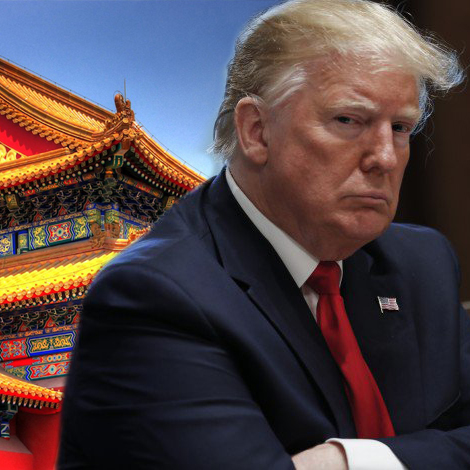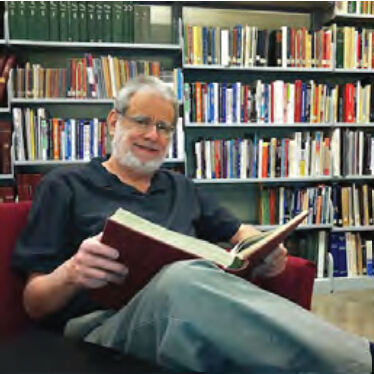A Survivor’s Guide to Section 337 Investigations and ITC General Exclusion Orders—Part II

A Survivor’s Guide to Section 337 Investigations and ITC General Exclusion Orders—Part II
Merritt R. Blakeslee, The Blakeslee Law Firm
Structure of a 337 investigation:
From a procedural point of view, a 337 investigation generally resembles conventional civil litigation in a U.S. district court. They are adversarial proceedings presided over by a judge. The parties prepare their cases during fact and expert witness discovery, culminating in a trial and decision, unless it is terminated earlier by default, settlement, or a successful motion for summary determination.
A 337 investigation is set in motion when a private party files a complaint at the ITC. The ITC has 30 days to decide whether to act on the complaint. In virtually every case, it accepts the complaint and institutes a 337 investigation (called “institution”). This 30-day review period gives respondents crucial time to hire attorneys and prepare an effective defense. Immediately after institution, the matter is assigned to one of the ITC’s six administrative law judges (“ALJ”), who is responsible for conducting the litigation and issuing a preliminary ruling (called an initial determination or ID) on the allegations in the complaint, which is then reviewed and accepted, rejected, or revised by the ITC’s Commissioners.
Discovery
The period between institution and the hearing is devoted to American-style discovery where all information and documents relevant to the legal and factual issues in the investigation must be disclosed.
Such discovery is highly intrusive and has no counterpart in most legal systems outside the United States. The complainant, for example, may demand each respondent turn over copies of all documents dealing with the invention, manufacture, exportation/importation, and sale of the accused product. The complainant may also demand that each respondent answer detailed questionnaires (called “interrogatories”) concerning the same topics. The complainant may take depositions (oral questioning under oath) of the respondent’s officers and officials, which are audio or video taped, and transcribed by a court reporter. Finally, the complainant has the right to make an inspection of the respondent’s facilities.
The respondent can make the same types of demands of the complainant.
There are few grounds for refusing to provide the requested documents and information, and a party’s failure to cooperate in discovery can lead to sanctions or even default. In addition, the deadlines for complying with discovery are extremely short—just ten calendar days for most requests—requiring a major commitment of the respondent’s resources.
In most 337 investigations, the parties also present the testimony of expert witnesses on the key legal issues: (non-) infringement, (in)validity of the asserted patents, and the (non-) existence of a domestic industry.
After the parties have had the opportunity to conduct fact and expert discovery to develop their respective legal positions, the ALJ holds a formal, evidentiary hearing, or trial.
There is no jury: rather, it is a bench trial. About three months after considering the arguments of the parties, the ALJ renders an initial determination (ID). The full ITC reviews and may adopt, modify, or reverse the ALJ’s initial determination. The ITC’s final determination is usually issued about four months after the ALJ’s ID.
Speed of 337 investigations
One of the most important things to understand about a 337 investigation is that is moves with extraordinary rapidity. Respondents must comply with the short deadlines or risk being defaulted or simply mounting an ineffective defense.
The ALJ’s first task after institution is to set a “target date” (the date by which the Commission will issue its final ruling), which dictates the schedule for the entire litigation. Delays and requests for extensions, that are common elsewhere, are rarely tolerated or granted at the ITC. Moreover, the ITC rarely permits a 337 investigation to be stayed, that is, temporarily halted. Target dates are typically set between 14 and 16 months.
In a 337 investigation of 16 months, all fact discovery, including the depositions of fact witnesses, will be completed in about six months. The expert phase, including expert reports, rebuttal reports, and expert depositions, will be completed within a month and a half after that. The case will go to trial about nine months after institution. By comparison, the average patent infringement suit filed in a U.S. district court takes 26 months to reach trial.
Remedies
If the ITC determines there is a violation of section 337, it may issue three types of injunctions:
1. A general exclusion order (or GEO) that permanently excludes from entry into the United States any imported products infringing the complainant’s intellectual property, regardless of their source. In other words, it bars the importation of the products of non-parties to the 337 investigation as well as those of the respondents;
2. Where the facts do not warrant the extraordinary relief of a general exclusion order, it will instead issue a limited exclusion order (or LEO) covering all respondents found to have infringed the complainant’s patent(s).
The ITC’s general and limited exclusion orders are enforced by U.S. Customs and Border Protection (CBP), which monitors and excludes from entry into the United States attempted imports of infringing products. The first time CBP stops an importer’s shipment of goods subject to an ITC exclusion order, it merely requires the importer to re-export the infringing merchandise. At the same time, the ITC issues a seizure-and-forfeiture order instructing CBP to seize and forfeit any further attempted entries of infringing goods by the same entity.
3. The ITC can also issue a cease-and-desist order against any domestic respondent holding inventory of infringing products in the United States, enjoining the respondent from importing infringing merchandise and selling it in the United States. A cease-and-desist order can be a more powerful deterrent than an exclusion order, and the ITC has the power to impose a civil penalty of up to $100,000 per day for each importation or sale of articles violating the order.
Concurrent litigation
The ITC does not have the authority to award monetary damages to a prevailing complainant. So many ITC complainants file simultaneous actions in the federal district court and at the ITC naming the same defendants/respondents and asserting the same infringement allegations. Once the ITC action is concluded, the complainant may seek monetary damages in the federal district court if it has not already reached a settlement with the respondent. In short, filing an ITC action is a tactic intended to shut a respondent’s accused products out of the U.S. market as quickly as possible, drying up its sales revenues and making it more difficult to fund an effective defense. If the complainant is successful, it has plenty of time thereafter to prosecute its suit for monetary damages in the district court—putting significant pressure on the respondent to reach a settlement agreement.
Settlement
Many Section 337 cases—64% of cases brought between 2008 and 2011—end with a settlement between the parties. Normally, the respondent pays the complainant a certain settlement amount as a condition to ending the litigation and either agrees to stop importing and selling the accused products or takes a royalty-bearing license from the complainant that permits it to continue to import the accused products. If a respondent settles and takes a royalty-bearing license permitting it to import the accused products, and if the complainant subsequently obtains a limited or a general exclusion order, the now-licensed respondent will enjoy a competitive advantage against all of its competitors who are subject to the exclusion order.
Defending a Section 337 investigation
The ITC, however, is not a forum where the deck is stacked against the respondent. In 337 investigations brought between 2008 and 2011, complainants prevailed only 41% of the time. Respondents won 59% of the time. Indeed, winning an ITC investigation requires a complainant to convince the ITC that:
(1) the accused product is imported;
(2) at least one of the asserted patent claims is valid and enforceable;
(3) the asserted valid patent claim is infringed by the accused products; and
(4) there is a domestic industry in the United States that makes or licenses a product produced according to the asserted patent.
If the complainant loses on any of these questions, there is no violation of Section 337. Put differently, a respondent only has to win on one of these issues, to win the case. To be effective, it will need an effective legal team.
Putting Together a Legal Team
A good defense starts with a good legal team. In ITC investigations, the respondent’s legal team should have the following capabilities:
1. Where the respondent is based in a non-English-speaking country, the legal team should include counsel who will:
a. serve as a liaison between the respondent and the attorneys in the United States;
b. assist in understanding and complying with its obligations in the ITC investigation;
c. work closely with the respondent in responding to discovery requests;
d. provide English translations of documents as needed;
2. experienced U.S. intellectual property litigators supported by specialists in the technical area covered by the intellectual property in suit (who could assist in the development of a design-around ); and
3. An ITC specialist, expert in ITC practice and procedure, jurisprudence, and in trade issues that arise in ITC cases, particularly at the remedy and enforcement stages.
(Source: Edition 75, Recycling Times Magazine (English))
You’re Welcome to Contact Us!
You can provide opinions and comments on this story!
Or you can send us your own story!
Please contact us, via editor@RTMWorld.com






Leave a Comment
Want to join the discussion?Feel free to contribute!